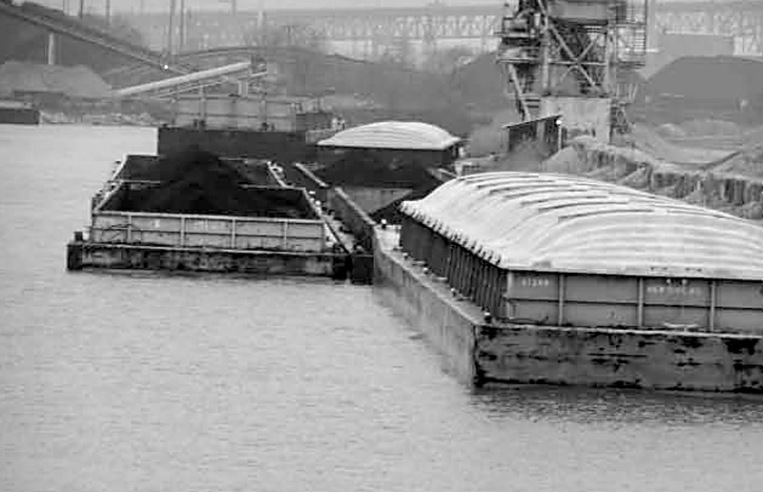The homely Calumet River enters Chicago proper at 95th Street, near Calumet Beach, and snakes its way south through mostly the 10th Ward to Lake Calumet. For the better part of the last century, the Calumet served the steel industry, as well as maritime traffic.
OPINION
Steel mills and foundries lined the river’s banks. Great Lakes ore boats brought taconite for the blast furnaces, and ocean-going freighters inched their way down the river to the Port of Chicago where the river enters Lake Calumet. Barge and tugboat traffic moved up and down the river, much of it heading to a point where the Calumet connects to the Little Calumet River, which itself heads west to meet with the Des Plaines River.
The Army Corps of Engineers proposes to dredge the Calumet River, beginning sometime in 2020. The act of dredging the river is not the issue here, but rather what will be done with the sediment taken from the bottom. That muck potentially contains lead, cadmium, chromium, nickel, arsenic and other pollutants from the steel-making process. Where will it go?
Despite its industrial past, the 10th Ward is primarily a residential area, filled with bungalows and Cape Cods, families and schools. Why place what would essentially be a hazardous waste site there? Ah, because it is, in fact, the 10th Ward, Chicago’s long-time, industrial dumping ground.
Indeed, there are already a number of landfills and dump sites in the area, such as the eponymous landfill at 130th and Torrence, as well as the Land and Lakes, Harbor View, and Paxton Lagoon sites, clustered between 120th and 122nd and Stony Island. (For these sites and, unfortunately, others in the area, go to the website for the Illinois EPA to view their on-line map, IllinoisEPALandfills.) How much waste and environmental degradation should one area of the city — any city, even yours — endure?
There is a financial, and political, angle to this matter. The federal government, through the Army Corps, will pay only for part of this project. The rest of the money will come from the Chicago Department of Transportation. A question: Because of the transportation department’s role, will this project need approval from the City Council? After all, the project will be within the city limits and will be paid for with taxpayer money.
If so, the Council, if they are wise and if they care for the health of the citizenry, should not allow this project to move forward. If the City Council doesn’t have a say in this matter, then I say: How can that possibly be? Would you, Mayor Rahm Emanuel, be willing to go on record regarding this project, hopefully before the next mayoral election on Feb. 26, 2019?
At present, there is an online petition against this dredging project, a petition sponsored by the Coalition to Ban the Landfill in Southeast Chicago. (Go to www.change.org and search for “Ban the Toxic Landfill in Southeast Chicago!“) Regardless of who you are or where you live, sign the petition, if only to send the City Council, and especially Mayor Emanuel, a distinct message: Find someplace else!
To conclude on a personal note, I was born in the 10th Ward and lived there for 56 years. While the Calumet River might appear to be calm on its surface, it has a distinctly dangerous undertow.
John Vukmirovich is a Chicago-area writer, researcher and book reviewer.
Send letters to: letters@suntimes.com.







